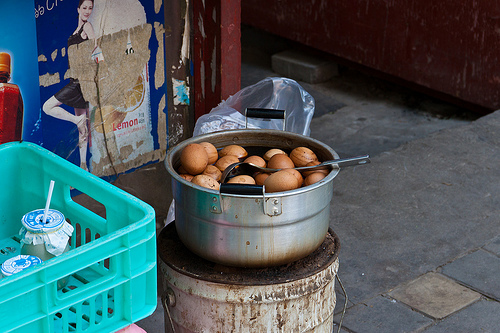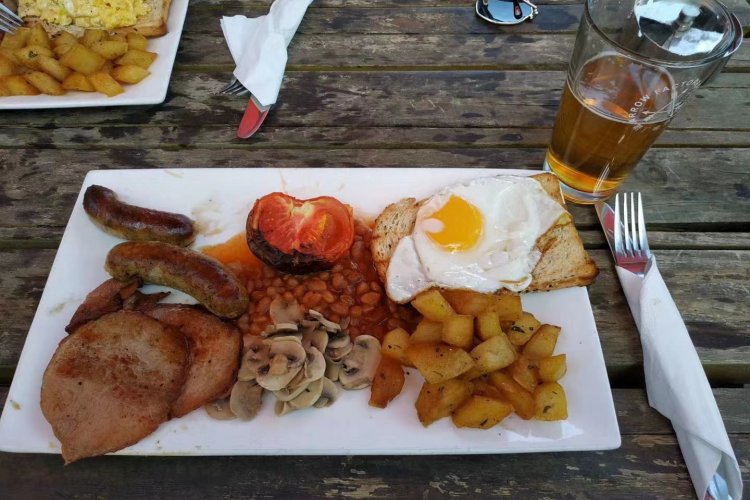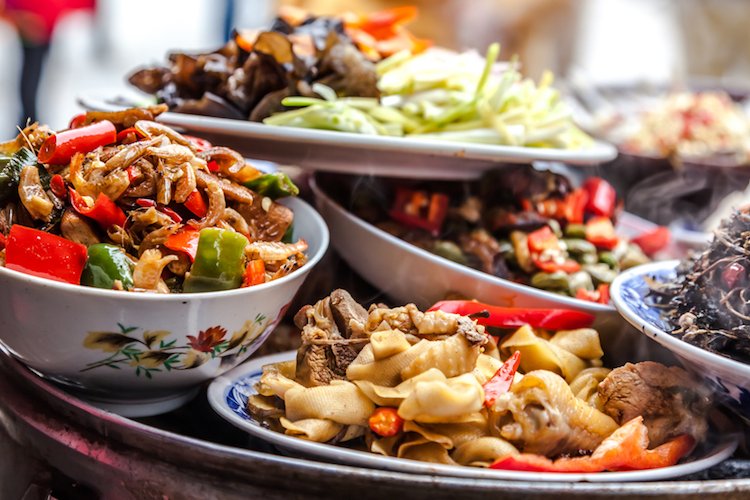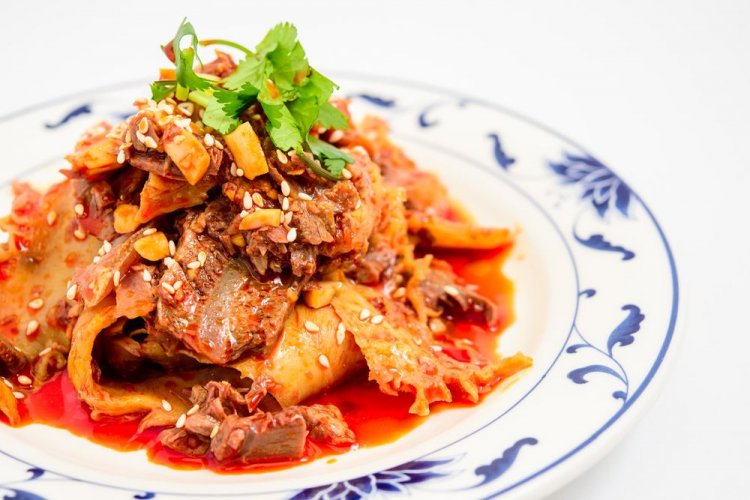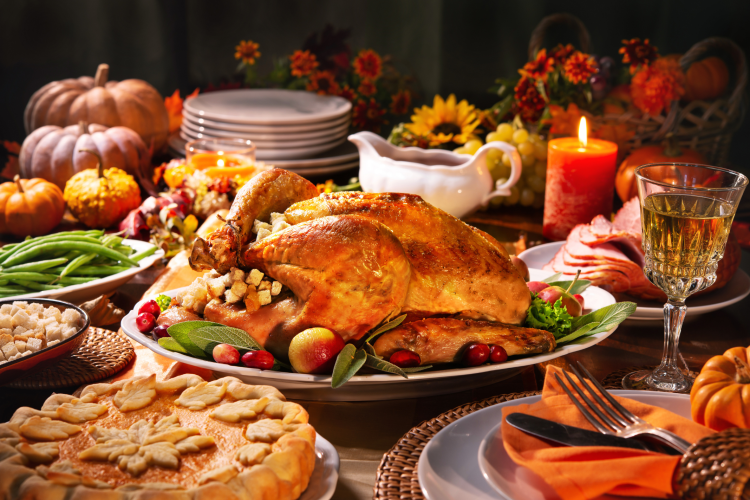A Chance Introduction to Cha Jidan
We were on a local ferry, crossing the spectacular Sun Moon Lake in Taiwan, headed from the main pier at Shueishe to the popular Itashao pier across the lake where our hotel was. It was a beautiful, sunny day and we were getting treated to fresh wind gusts on the open deck seating. A very friendly Taiwanese lady, probably in her mid 50s, was trying to make conversation with us in Chinese. Her grandkids looked on with curiosity while her grown daughter tried to help out with a couple of words in English. Her grown son meanwhile glanced our way occasionally and looked away, seeming mildly embarrassed at his mom’s friendliness. His mother, however, carried on enthusiastically regardless, and I was glad for it.
The ferry makes a short stop along the route at a pier called Syuanguang. Syuanguang pier is at the base of a thickly wooded hill jutting into the lake, with a temple visible just above the trees. We had taken this ferry twice already in the last couple of days, and every time we stopped here, several people scrambled off the boat and came back with a few balls of something brown in color, about the size of tennis balls, individually packed in small, clear plastic bags. The contents looked like fried dough balls of some sort. “What is that?” George and I had whispered to each other. On the next trip, George spotted a woman eating one. “It’s an egg.” he whispered. And so it was! A boiled egg.
But then, what was so special about them that people seemed to be scrambling to get them, and so excited to have secured some? As I noted previously, you see eggs everywhere in China. So is the case in Taiwan. You seem them in all shapes and sizes, stacks and stacks of them in supermarkets.
So why the excitement over these boiled eggs? Maybe our lady friend knew about them? Using a mix of signs, hesitant Chinese sounds & English words, I asked her if she knew what people bought at Syuanguang. She understood the question, and said: “Ah, yes. Cha Jidan!” Thanks to my recent lessons in Chinese, I interpreted this literally as ‘tea eggs’. Tea eggs? What was that? We were even more curious now. I was determined to get down at the stop and find out for myself.

But Syuanguang was a short stop, this was the last ferry for the day, and it was running behind schedule. The announcer – who had talked non-stop into a microphone in Chinese the entire journey, regaling the passengers with stories that seemed quite humorous from the reaction he was getting – let us know that the boat would stop at Syuanguang only very briefly. We realized we did not have the time to get down at the stop. I was disappointed! I made a dismayed ‘so-sad!’ moue at our friendly lady when she interpreted that for us. Our boat stopped for just a few minutes at Syuanguang and then started to pull out again. Just as it was pulling out, our friendly ladies’ husband scrambled back on board. I hadn’t even noticed that he had got off, but there he was, back on board – with his hands full of several Cha Jidan which he handed out to his family!
His wife, our friendly lady friend, turned to us with a smile, and offered us one. I was quite embarrassed at this unexpected gesture and waved my hands to say "No! No!" But she looked so happy to be sharing them with us, I had to accept one graciously. Now she offered us another one, ‘one each!’ she gestured with a smile. But we insisted – with grins and shaking heads – that "no! no!" one was enough.
We then proceeded to unravel the mystery of this ‘tea egg’ in our hand. It felt like a hard boiled egg. The shell was still on and brown in color – not naturally brown, but a typical white egg marinated in something brown. We carefully peeled off the shell and found that even the white part of the egg had taken on that brown color. I then bit into it and discovered that it had the distinct flavor of tea. Ah yes! Cha Jidan! It was a completely new taste unlike anything I had tasted before and, quite simply, yum! I shared the remaining egg with George and Saachi, and all of us liked it.
When we all disembarked from the ferry at our final stop, I thanked our friendly lady and managed to tell her that this was the first time in our life we had had it, all thanks to her, and we really liked it. By now, her son was also feeling alright about his mom’s friendliness and he smiled at us and we all had a short chat. It turned out that they were on a family holiday and came from a town in Taiwan called Wukan (which is a lovely destination in itself). Thanks to that kind lady, we were introduced to this delectable local food called Cha Jidan.
On our last trip to Syuanguang the next morning, at which time we also walked around to explore the temple and the beautiful surroundings, I finally got to buy my own Cha Jidan. There was only one shack selling them close to the exit, with an ever present line at the counter. Various hand made signs informed me that the eggs cost 10 Taiwanese dollars a piece (about 30 US cents). At the busy shack were hundreds of eggs in huge metal pots – one pot with eggs packed and ready to go in individual little bags, one with the ready eggs piled up waiting to be packed, and another pot on a flame with eggs still simmering in the brown liquid. I could also see some mushrooms in the bubbling mix. The whole space smelled of the wonderful flavor of Cha Jidan.
I must have bought about six of them, and we quickly made short work of them.
Thanks to some internet sleuthing afterwards, we discovered that we had actually stumbled upon something of a national treasure of Taiwan! The shack we had visited is called Granny’s Cha Jidan (Granny’s mushroom tea eggs). Famous for its tasty eggs, the shack has been known to sell more than 10,000 eggs on good days. Granny is apparently a local woman, as the story is told, who started selling eggs there about 50 years ago as a young girl, and is the only one allowed to sell eggs there. It’s hard to find citable quotes on this, but apparently, she has won national accolades and is something of a legendary figure in the neighborhood. In any case, the eggs at that shack tasted truly wonderful.
Once we had them, we started spotting them in other stores, especially the local 7-11 stores! And needless to say, we bought more and enjoyed those too. The local 7-11 stores around the lake do a fair job of capturing that famous look and taste. However, I have looked online for the recipe for Cha Jidan and tried making them at home. A good Cha Jidan is supposed to take on a light brown color with streaks of dark brown on the egg white (it’s not done right if the egg white takes on a uniform caramel brown), while the yellow of the egg should retain its original color.
The eggs I made looked and smelled right, but tasted wrong. I’ve also had them since in a hotel for breakfast, and even as in-flight food! But nothing compares even remotely to the amazing taste of Granny’s Cha Jidan at the Sun Moon Lake. Apparently, the secret of Granny’s Cha Jidan lies somewhere in the mix of the tastes of the locally grown Assam tea, the local water, salt, Chinese spices, and local mushrooms. Will report back with a successful recipe if I manage to crack the code! And if you ever find yourself in Taiwan, especially at Sun Moon Lake, I whole-heartedly recommend trying out their Cha Jidan.
This post first appeared on beijingkids via the author’s blog Footwalker.
Photos: Ahenobarbus, Panoeric (Flickr)

